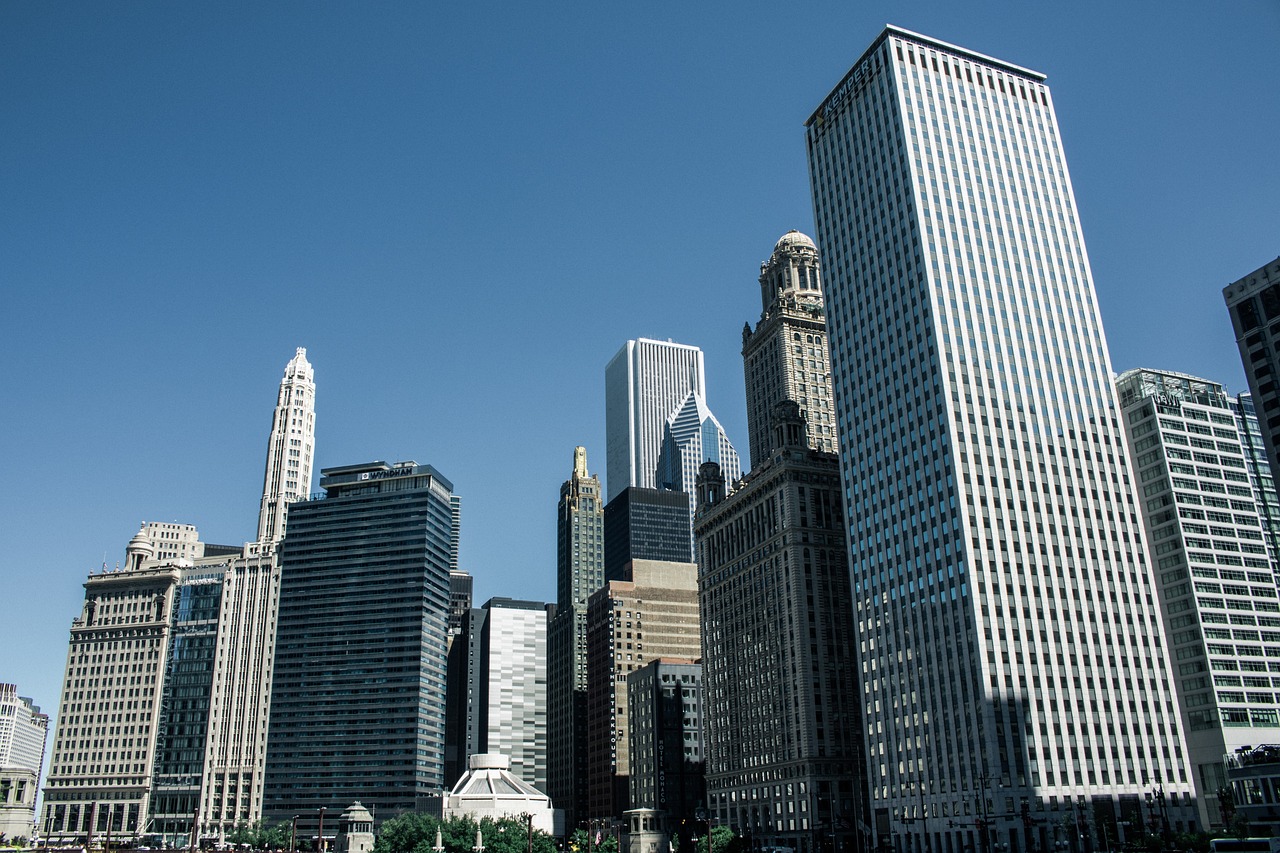Examining the Future of Retail: From Brick-and-Mortar to E-commerce
Over the years, the retail industry has undergone significant transformations spurred by technological advancements and changing consumer behaviors. Traditional brick-and-mortar stores have adapted to the rise of e-commerce by enhancing their online presence and offering omnichannel shopping experiences. This shift has not only reshaped how consumers shop but also forced retailers to rethink their strategies to stay competitive in the evolving market landscape.
Moreover, the emergence of social media platforms and influencer marketing has revolutionized the way retailers engage with their target audience. Brands now have the ability to directly connect with consumers, gather feedback in real-time, and tailor their marketing efforts to create more personalized shopping experiences. As a result, the retail industry has become increasingly customer-centric, focusing on building relationships and loyalty to drive sales and brand advocacy.
Challenges Faced by Brick-and-Mortar Stores
Brick-and-mortar stores have been encountering a myriad of challenges in today’s retail landscape. One of the major hurdles is the rise of e-commerce, with online retail giants dominating the market and drawing customers away from physical stores. The convenience of shopping online, along with the ability to compare prices and read reviews easily, has led to a decline in foot traffic and sales for many traditional stores.
Additionally, changing consumer preferences and behaviours pose a significant challenge for brick-and-mortar stores. Customers now seek experiences and personalization when shopping, which can be difficult for physical stores to replicate. The demand for seamless integration of online and offline shopping experiences, as well as the need to provide exceptional customer service to compete with online retailers, further complicates the landscape for brick-and-mortar stores.
What are some of the challenges faced by brick-and-mortar stores?
Some of the challenges faced by brick-and-mortar stores include increasing competition from online retailers, changing consumer shopping habits, rising operational costs, and the need to adapt to new technologies.
How has the retail industry evolved over time?
The retail industry has evolved significantly over time, with the rise of e-commerce, changing consumer preferences, advancements in technology, and the shift towards omnichannel retail experiences.
How can brick-and-mortar stores overcome these challenges?
Brick-and-mortar stores can overcome these challenges by improving their online presence, enhancing the in-store shopping experience, offering personalized customer service, implementing new technologies, and focusing on creating a unique and engaging shopping environment.





